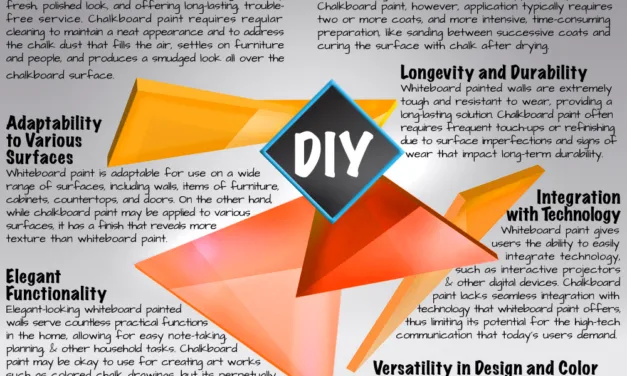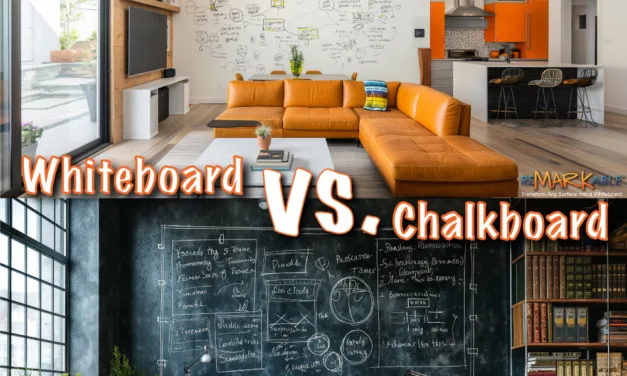Introduction: Today’s homeschooling movement arose in the 1970s, promoted by educators who believed that parents should adapt the homeschool curriculum to their children’s interests, not the other way around. And what began as a marginal activity for a few parents has now grown to the point where it comprises the educational foundation of approximately 3.4% of US students (about two million students). However, despite its growing popularity, many parents find homeschooling to be challenging, especially if they’re working from home as well. And even if the children are older and becoming self-reliant, ways to telecommute and homeschool at the same time may be difficult to develop. Thus, the tips below offer some general guidelines formulated by experienced homeschoolers that may be helpful to you if you’re new at balancing your work-at-home duties with the job of homeschooling.
Be flexible with your scheduling and methods
If you do all of your work at home, and there’s a good match between the demands of your telecommuting job and your children’s ability to function independently, you should be able to both homeschool and perform your work-related duties throughout the day. If you feel that the combination of working from home and homeschooling is workable for you and your kids, it’s best to develop a flexible routine instead of following a fixed schedule — avoid sticking to specific slots on a chart or rigid blocks of time such as “math — 8:00-8:45, grammar – 8:45-9:30, etc.”; instead, start your first interval of homeschool work at a time like 8:00 or 8:30 AM and then teach one subject after another in increments until you’ve covered all the subjects for the day. In the intervals between lessons, you can assign work on your whiteboard painted wall for your kids to do independently while you perform your telecommuting tasks.
Keep a record on your whiteboard wall
Use your whiteboard painted wall to keep track of which subjects you taught during the day and how much time you spent on each, and then the next day you can give greater focus to those areas that received less attention previously because you were doing your telecommuting work. Continue this process throughout the school year, making use of the large surface of your whiteboard wall to record and update your changing itinerary over time. In this way, your children will feel less pressured to learn a certain amount of material in any given time period, and you’ll be able to put greater focus on points of math, grammar, or other subjects that they need extra help with. You will also have more flexibility to do your work-from-home duties when the need arises.
Remain open about your homeschooling lesson times and methods
Homeschooling can happen at any time and in any part of the house, not necessarily during regular school hours or at a designated desk. Focused learning activities can be carried out before you begin work in the morning after you’ve finished work in the evening, and even on the weekends. One of the greatest advantages of the homeschooling process is that children tend to learn the same amount of material in less time than they would in a public or private school setting. Homeschooling, especially if practiced one-on-one or with children at the same or a similar grade level, can be highly efficient. You can add to this efficiency by creating a flexible lesson plan and record on your whiteboard wall. Consider how much time you need to devote each day to helping your children with book work, writing, math problems, and so on. Also, note and record the times of the day when your child is most able to focus on school work and amenable to learning, the type of learner your child is, and how you can help to make learning most effective and fun for him or her. Then follow the advice of the 1970s pioneers of the homeschooling movement mentioned above, and adapt your homeschool curriculum to your children’s desires and interests.
For some homeschoolers, a meticulously formed, detailed curriculum is the best way to go. Others have the time and inclination to put together a carefully selected, diverse combination of teaching materials. When your time and attention need to be applied to your telecommuting work, you might find it helpful to use an all-inclusive homeschooling program, such as a ready-made online curriculum package. Or you might discover that an easygoing approach to learning allows your children to blissfully absorb the basics of a lesson and then pursue their own interests. And don’t resist changing directions if you or your child becomes anxious or unhappy with your present instructional approach. When you find a technique that works for everyone involved, applaud, and continue using it.
Ease into the homeschool year gradually
At the beginning of the school year, it’s best to work into the homeschooling process gradually by focusing on just one subject during the first week, and then add another subject the next week, and so on until you reach a regular schedule. Such an approach helps both you and your children return to the teaching and learning process slowly and less stressfully than if you were to jump into a full schedule with different subjects right away. Before starting to teach, have your children use the whiteboard wall to list the sequence of subjects they would like to learn each week until you re-establish your regular routine. In this way, the children can feel a sense of empowerment with respect to their homeschool curriculum and enhance their self-esteem in the process.
Don’t feel you have to teach all the subjects daily
Avoid the urge to teach all of your homeschool subjects every day because doing so can lead to frustration and possible burnout. Public schools only offer music once or twice weekly, and science, history, geography, social studies, foreign languages, and certain other subjects only two or three days a week. If you lack the time to cover all the subjects you normally teach in any given week, you can use your whiteboard wall to post extra assignments for those subjects and have your children do the supplementary work at their leisure. In this way, you can pursue your work-from-home activities when necessary and check your child’s supplementary assignments when you have time.
Create individual room sections if possible
If you have more than one child and a large enough homeschool room, create a section or work station for each child, especially when the children are at different grade levels. In doing so, you can minimize distractions and allow each child to feel that they have their own personal space in which to work and be inventive. This adds to the children’s sense that the homeschool is a place for focusing on educational pursuits during the time allotted for teaching and learning, and empowers them to take more responsibility for their education. However, it’s also important to let children get creative while homeschooling so that they can express their original ideas and not feel burdened with an overly structured environment or curriculum.
Try enrichment projects with your children
It’s OK to let your children get bored once in a while because then they’ll feel inspired to get creative about what they’ve learned through enrichment projects such as doing dance interpretations of stories that they’re reading, creating advertisements for products they like, making themed murals on their whiteboard wall, using technology to generate images of historical events, or making maps of countries they’re studying out of legos. Educational experts say that by using such creative approaches you can get through the amount of schooling in three to four hours that would require six to eight hours of instruction in a traditional classroom.


























































































![ReMARKable’s Winter Sale is Here! [25% Off + Free Shipping]](https://www.remarkablecoating.com/wp-content/uploads/2018/01/Red-Tag-Winter-Fashion-Facebook-Post-1-440x264.png)















![Drive Your Organization Into Openness and Watch it Expand [20% Off Whiteboard Paint]](https://www.remarkablecoating.com/wp-content/uploads/2016/04/Drive-Your-Organization-Into-Openness-and-Watch-It-Expand.-1-440x264.jpg)

![30% Off St Patrick’s Day Sale! [Details Inside]](https://www.remarkablecoating.com/wp-content/uploads/2016/03/Glorious-1-440x264.png)


![Giant Leaps Forward Require Big Spaces. [Leap Year Sale Event!]](https://www.remarkablecoating.com/wp-content/uploads/2016/02/Giant-Leaps-ForwardRequire-Big-Spaces-440x264.jpg)

















![ReMARKable Summer Sale 2018 [28% Off Whiteboard Paint]](https://www.remarkablecoating.com/wp-content/uploads/2018/06/Blue-Simple-Line-Beach-Facebook-Post-1-440x264.png)






















































































































































































0 Comments